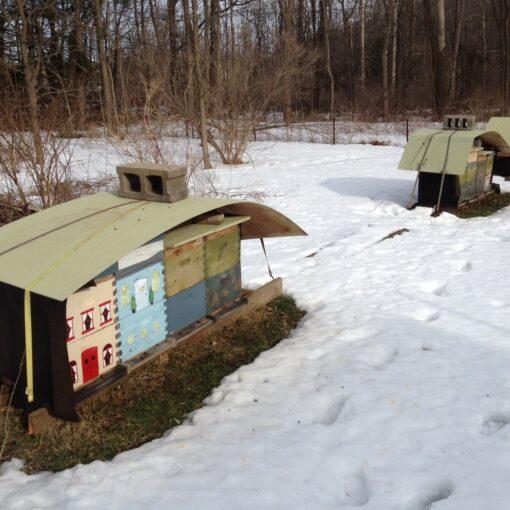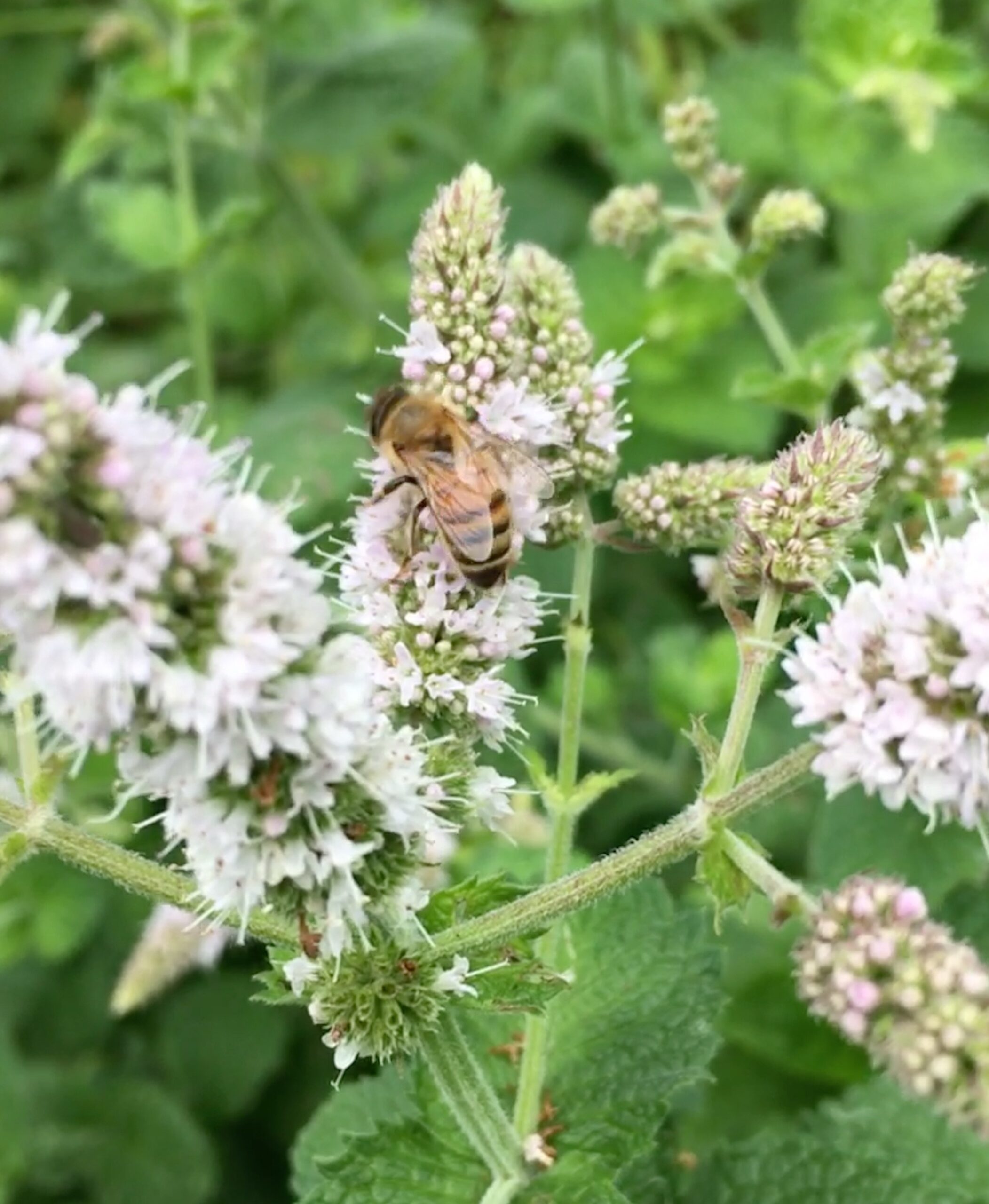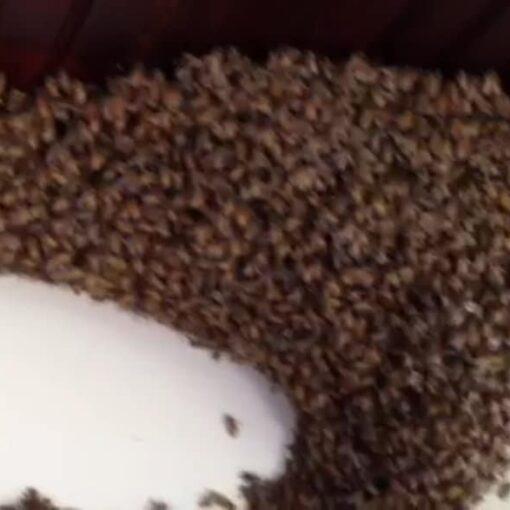I checked on the cluster when I got home and they were gone! I did see that they had started to draw out a bit of comb from the makeshift top. There was a lot of activity around the box but I could not tell if it was just other bees robbing or if the bees actually moved in. I waited for dusk and tried to get a hook around the rope. After several attempts and upsetting many bees I got the box free. It was heavy and again struggling against gravity I got the weight of the box under control. I then hung it about 5 feet below the landing spot of the original swarm. The last I looked there were some stragglers looking for the hive above. The picture is dark and grainy however you can see a few bees guarding the entrance. When I get the bees down after a couple of days I will do a “news-paper” combine and add a feeder.
AUTHOR
Ward
You may also like
My bees are alive at least some of them! Difficult to tell if others have made it. I ran out of battery while filming
Anyone can create a welcoming garden for pollinators. Turning your own yard or other property such as a schoolyard, work landscape, or roadside green space into a pollinator habitat is fun, easy and can make a difference for birds also. Planting a few flowers for your honey bees is like adding a few gallons of water to the ocean. Honeybees need on average about a square mile of good cover to forage on. However, adding a diverse mix of flowering plants to your garden will also attract butterflies, moths, hummingbirds, along with native bee species and the occasional wasps. These insects are essential to our survival and need to be welcomed into at the least a corner of our backyards. Besides providing a food source for pollinators flowers provide cover for other wildlife such as birds and also reduce neighborhood mowing area.
The call came in at 8:16 while I was getting ready for work. A gentleman by the name of John called me and he had a swarm on his front porch.
A brutal winter for bees and I’m sure that other beekeepers are wondering what spring holds and we will all shortly take a tally of the carnage. I am convinced that overwinter honeybee survival essentially depends on 2 things


